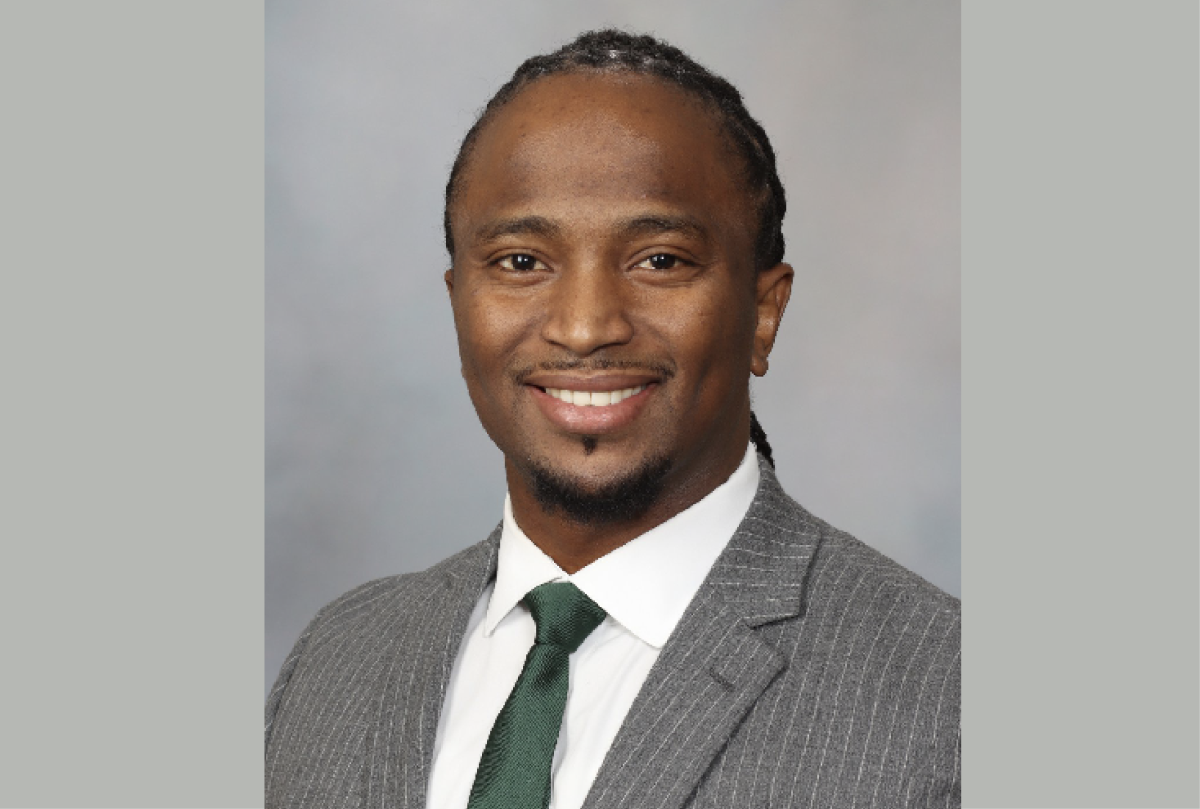CSpotlight: Learning How to Prevent Cancer

Why did you choose to pursue a degree in computer science, specifically at the University of Minnesota?
When I was working at the Mayo Clinic, my interest in research grew as I witnessed the significant impact researchers can have on the community, particularly in the fight against cancer. This inspired me to explore programs at the University of Minnesota, seeking opportunities to contribute to this vital cause.
How did you become interested in computer science? What are your specific interests within the field?
I have always been fascinated by numbers, which led me to pursue a degree in mathematics and statistics during my undergraduate studies. This interest deepened as I explored the world of data and computational technology. Given the vast amounts of data available today and the advanced technology to analyze it, I felt compelled to delve into computer and data science. The opportunity to harness these resources and make meaningful discoveries is incredibly exciting.
Tell us more about your work experience in computer science.
During my time at Mayo Clinic, I immersed myself in biostatistics and data science, which inspired me to earn two master's degrees in bioinformatics and data science. Currently, I am pursuing my Ph.D. and applying the skills I've acquired in both my research and professional work in the industry.
What do you hope to contribute to the computer science community at the University?
I am deeply passionate about cancer research and aspire to contribute to the university by uncovering answers through my research efforts. My interest in this area grew when I completed my capstone, where I applied machine learning algorithms to genomic data. The capstone results were very promising and the experience fueled my curiosity. Since I now have access to more genomic data, I am eager to continue analyzing it, utilizing our advanced computational capabilities to seek out the answers we've been pursuing. I firmly believe that the key lies within our genetic makeup. In our studies, we observed varying responses to treatments among cancer patients with similar genetics. This has prompted us to delve deeper into genetic dispositions, and I am convinced that we are on the brink of discovering crucial insights.
Have you been involved with any research on campus?
I am currently concentrating on research related to lymphoma, with a particular focus on Chronic Lymphocytic Leukemia (CLL), a common type of blood cancer. My approach involves analyzing sequenced DNA data and utilizing machine learning and artificial intelligence (AI) techniques to create algorithms capable of predicting susceptibility to CLL. If this method proves effective, it could potentially be applied to other prevalent cancers, such as breast and lung cancer. With the availability of increasing amounts of sequenced data and advanced computational resources, including the Google Cloud platform, I am optimistic about our ability to discover significant insights within this data.
What advice do you have for incoming computer science students?
We are living in the era of computer science, surrounded by advanced technologies such as Google Cloud and AI innovations like ChatGPT. Observing the strides made by companies like Microsoft and Google, it's clear that new students are entering the field at an opportune time. The realm of computer science is vast, offering a plethora of avenues for exploration. You can engage in research like I do, or dive directly into the industry. The field opens doors to a variety of careers, including development operations and software engineering. With the increasing volume of data being collected, there is a growing demand for software engineers, data scientists, and individuals with computer science backgrounds who can transform this data into meaningful information. In short, if you're venturing into computer science, you're in the right place.
What are your plans after graduation?
I intend to delve deeply into research. If the tools I'm developing prove effective, my goal is to apply them to other types of cancer. I aim to explore whether there are elements in our DNA that can help in detecting cancer early, preventing it, or guiding the selection of the most appropriate treatment.
Are there any additional experiences you did that you would like to highlight in the article?
I have extensive experience in biostatistics, and while I am deeply involved in the computer science field, I also have a strong footing in statistics. During my time at Mayo Clinic, I participated in numerous manuscript writings and publications, contributing to over 20 publications. In the realms of computer science, statistics, or data science, analysis is a core activity. Often, you'll uncover findings that need to be shared with the wider community. This raises questions like "What do I do now?" and "How do I publish this paper for journals?" This is where you aim to publish your work in high-impact journals, enabling others to read your research. It's especially rewarding when doctors reference your research and make real-world decisions based on your findings.